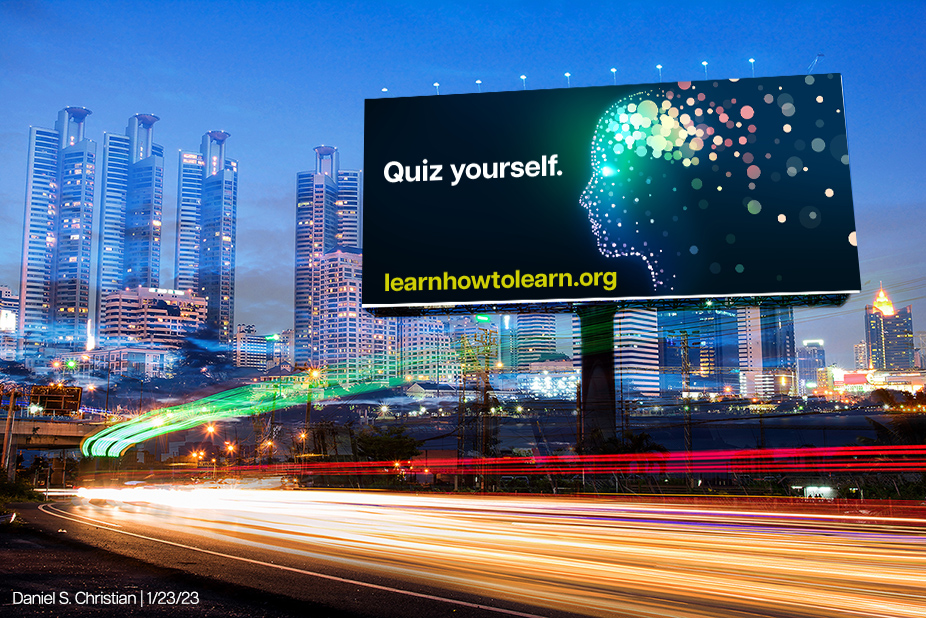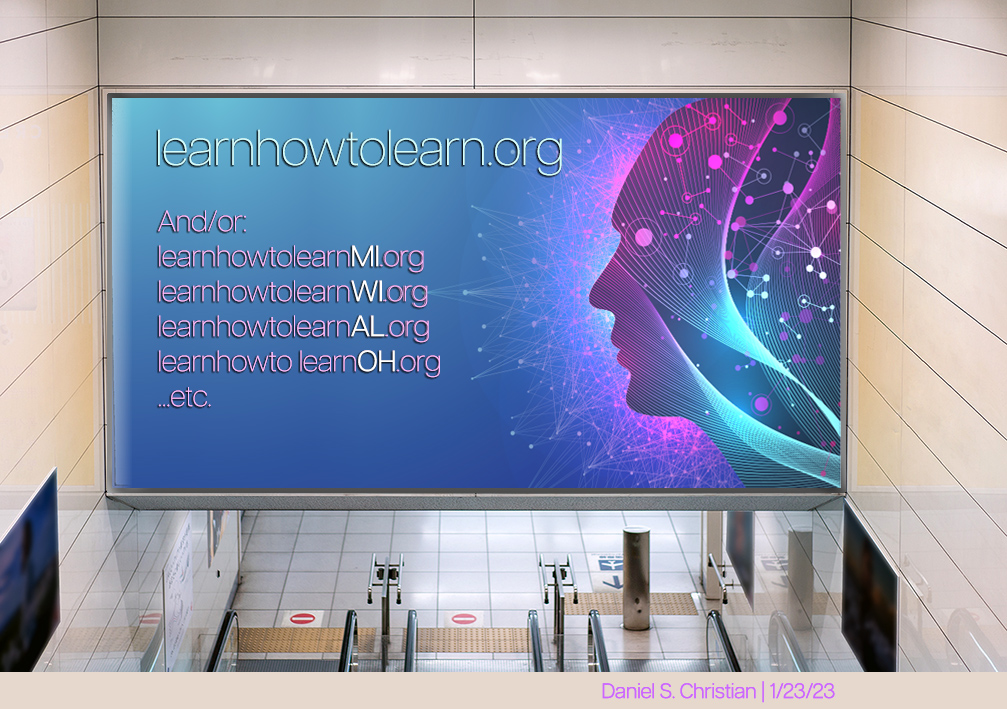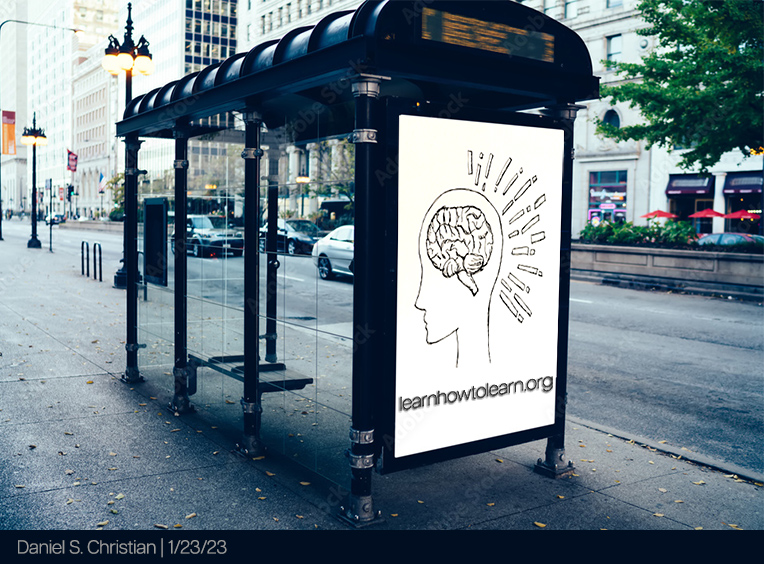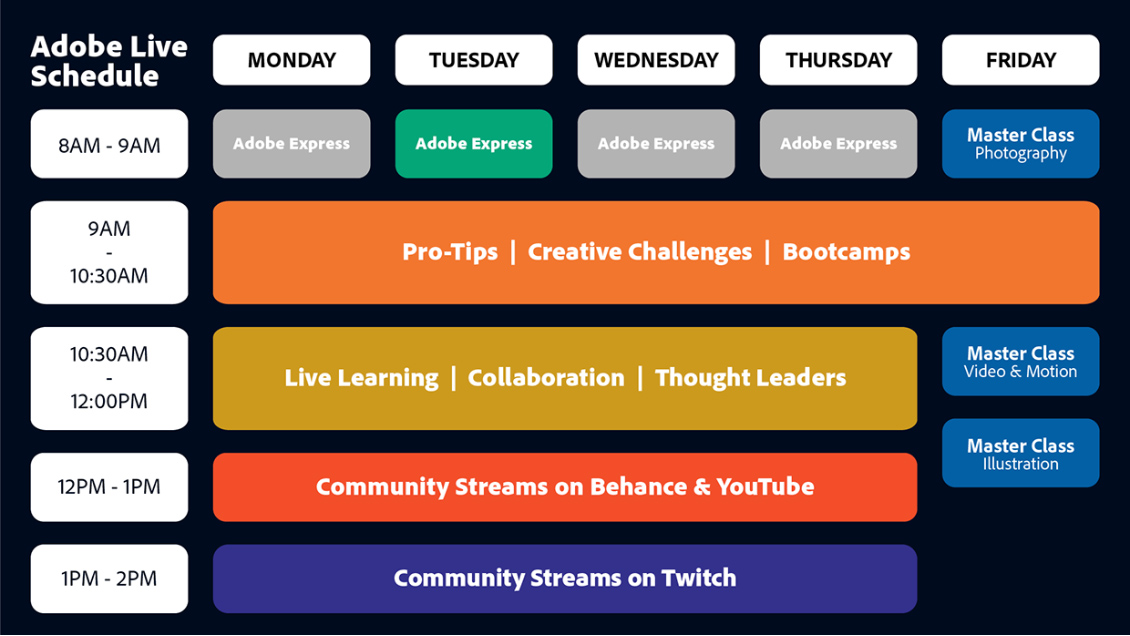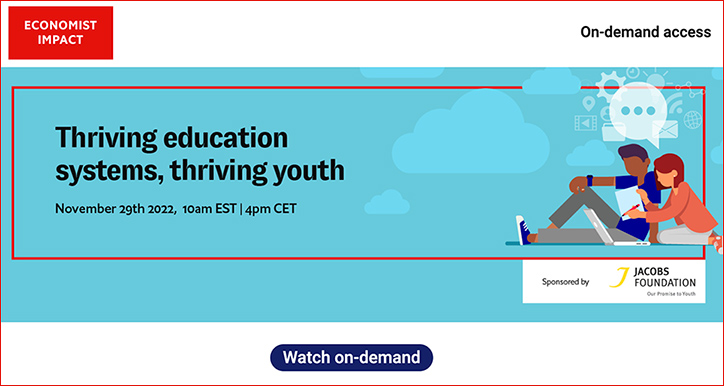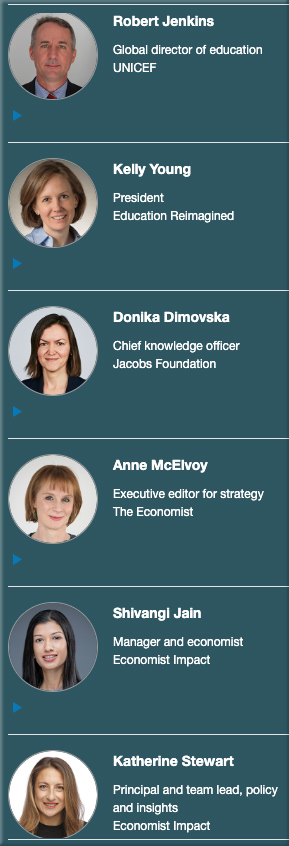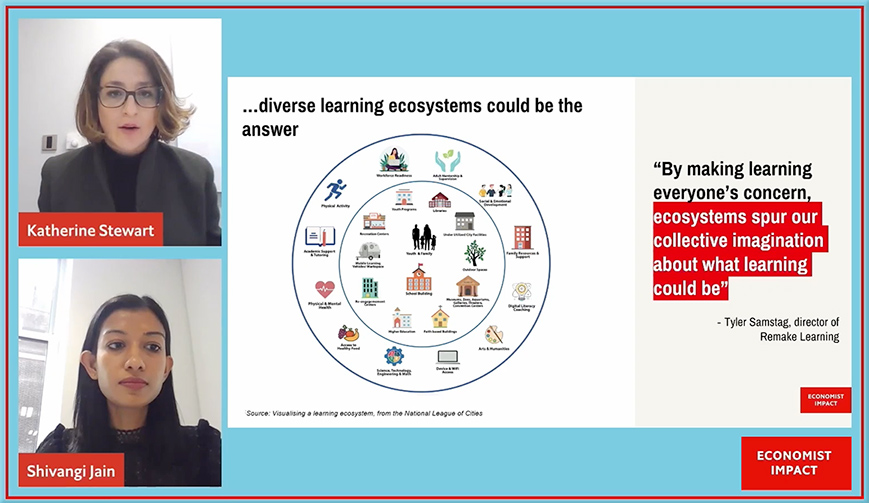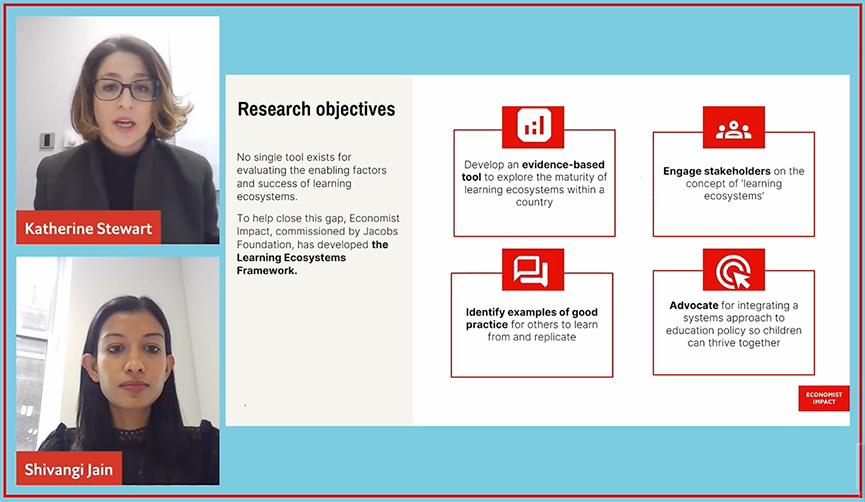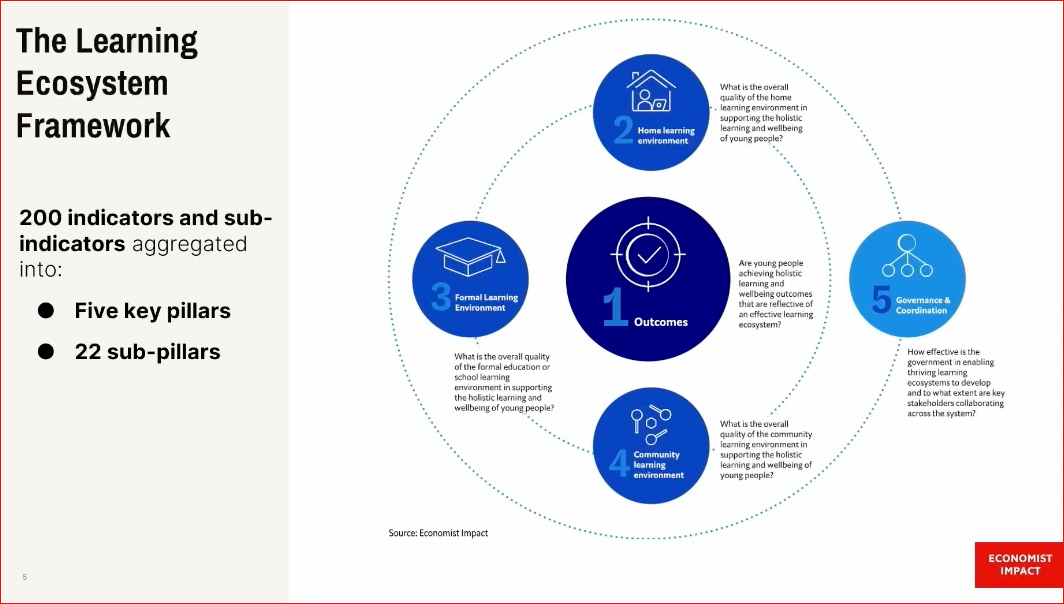“Exhausted majority” wants to rethink K-12 education— from axios.com by Stef W. Kight; via GSV
Excerpt:
Americans have drastically shifted some priorities on K-12 education since the start of COVID, a new study by Populace reveals.
Why it matters: There’s new pressure to change the existing model. Preparing students for college has fallen from 10th highest priority to 47th.
- The study demonstrates what Populace co-founder Todd Rose called an “exhausted majority” who just wants kids to learn to think for themselves and find a career “with meaning and purpose.”
The big picture: Americans have a warped understanding of what the majority prioritizes in education.
- U.S. adults overestimate the public’s desire for teachers to prepare kids for college, internships and only the highest-paying jobs. They also overestimate support for standardized processes and teaching social norms.
- They underestimate preferences to allow students to learn at their own pace and according to their own interests and for kids to come away with more holistic, practical skills.
Also relevant/see:
New Survey: America’s Families are Rethinking K-12 Education — from schoolchoiceweek.com by the National School Choice Week Team
Excerpt:
K-12 education in America is experiencing a once-in-a-generation transformation, as tens of millions of parents rethink their children’s education and make crucial decisions about how and where their children learn. From exploring their school choice options to expressing interest in nontraditional learning models, parents are eager to find better or supplementary learning environments for their children. Parents don’t see this a dichotomous; a majority of them are open to change even as two thirds of all parents (67.9 percent) remain largely satisfied with the schools their children attend.
What do we mean by rethinking? Parents choosing new schools, parents considering options more frequently, and parents seeking to round out their children’s education by thinking outside the box and exploring new or nontraditional learning options.
On a related note see:
- What Do Parents Prefer for their Children’s’ Schooling? — from michaelbhorn.substack.com by Michael Horn with Adam Newman and Christian Lehr of Tyton Partners









